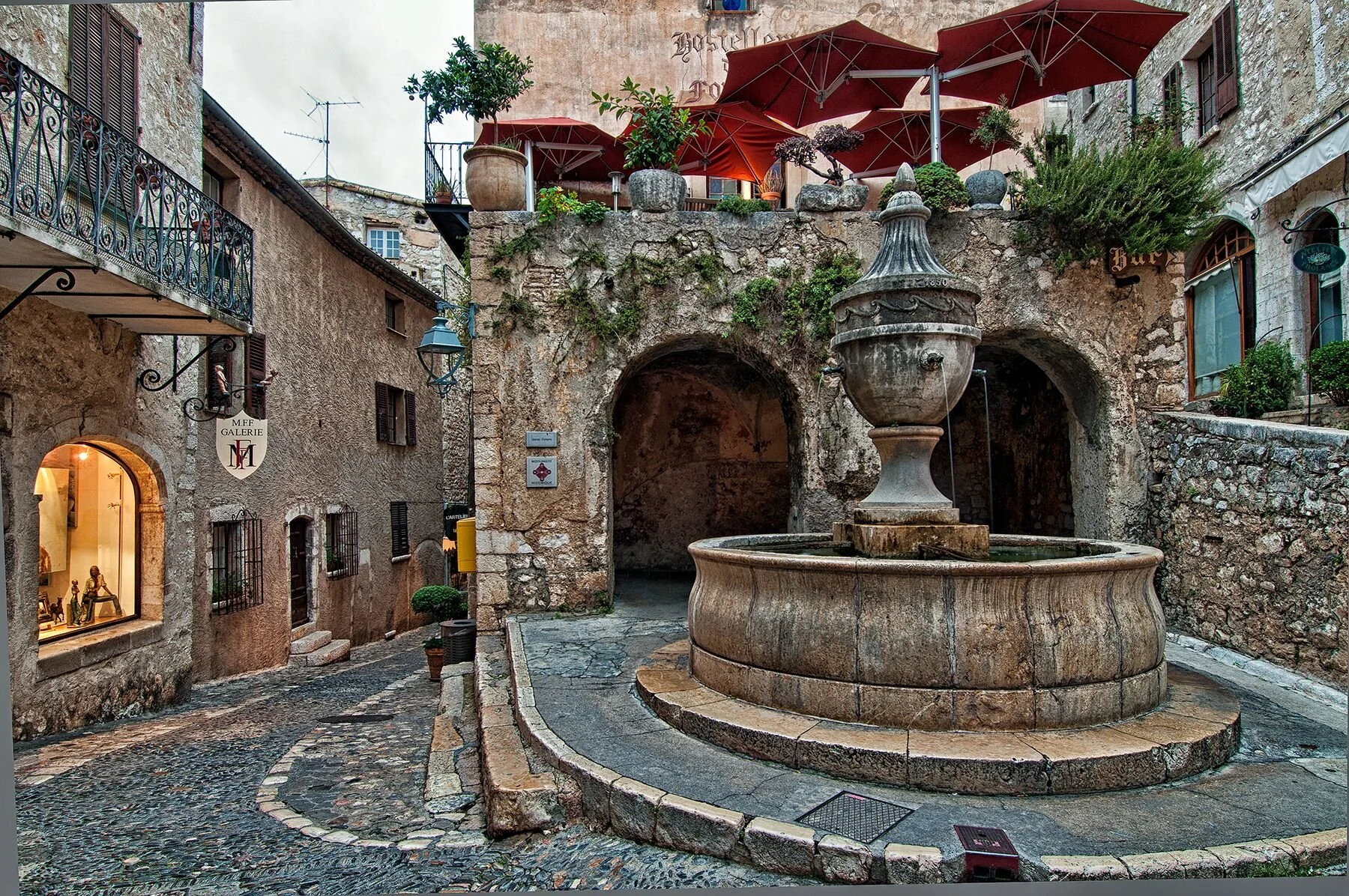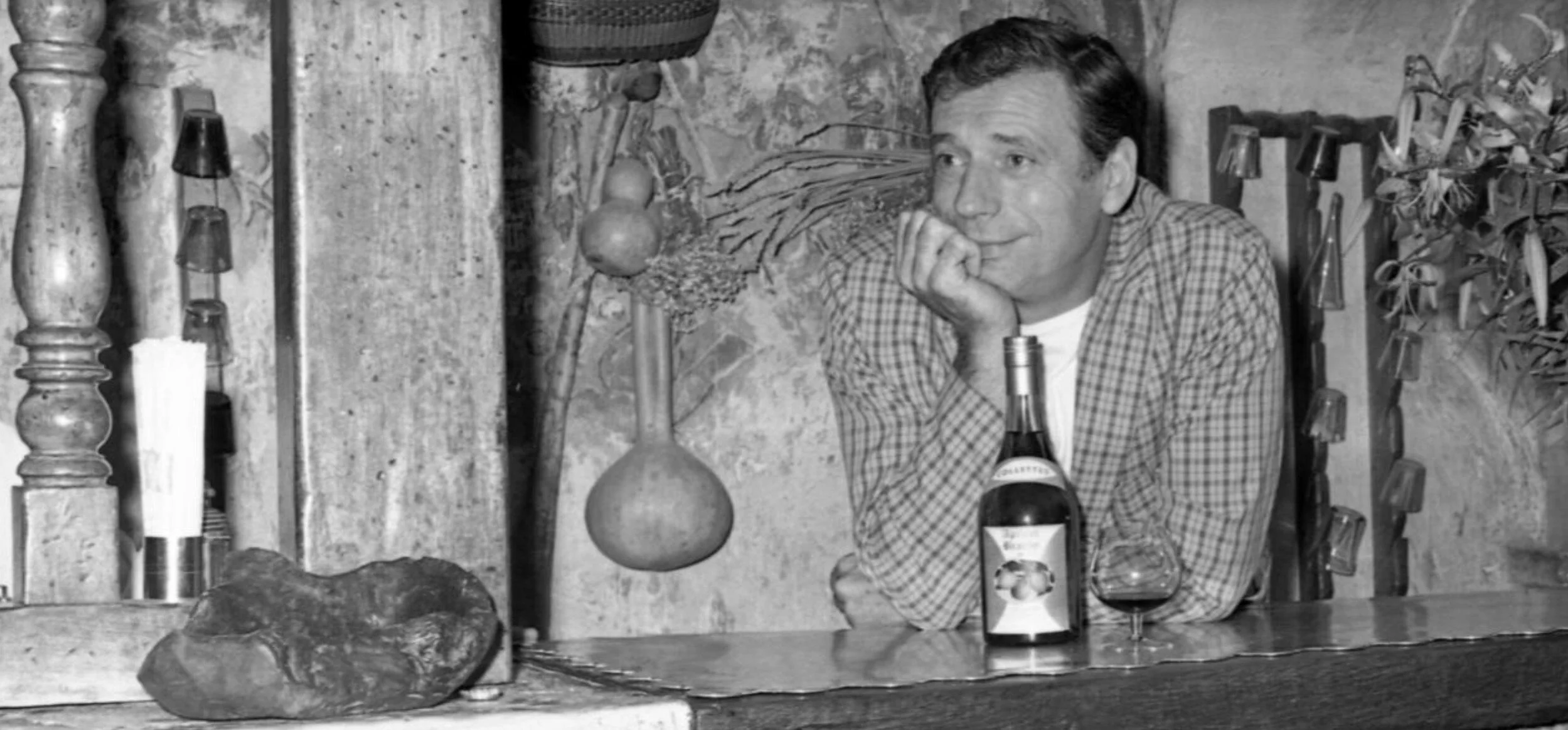History
The medieval village of Saint Paul. Quietly dominating the foothills a few miles from the Mediterranean. The jewel of the Nice countryside.
It was by command of king Francois 1er that St. Paul became a "Royal Town", and noble men's houses, ancient parchments and the treasures of the Collegiate Church bear witness to its historical significance.
The first evidences of the existence of Castrum of "Sancto Paulo" date from 10th century, it is at that time a large borough which importance will keep increase all along the centuries. Managed by Consuls, Saint-Paul enjoys a great financial and administrative autonomy. The nobility of Provence has residence and pageantry there.
In 1537, France and Charles Quint wages war for over 20 years, for protecting the border of the Var, François the 1st brings out the Royal Town again and turns it into a bastionned city.
At the time of the great religious disorders, then with wars of succession, until 1747, Saint-Paul is one of the main fortified towns of the catholic league. Saint-Paul will have to open its gates to many visitors, invaders or allied plundering. Massacres, vandalism, scarcity, sow with ruins the region, but Saint-Paul straightens out and increases its importance.
On the eve of the revolution, "San Pau" is with its apogee. In 1790, it becomes county-town of district and even a court of justice takes place within its ramparts.
When Nice the rival, becomes French in 1860, Saint-Paul is nothing any more but one deserted and useless bastion that will soon disappear from the maps and the dictionaries. However, the formidable tourist and artistic rise in the very beginning of the century will attract famous visitors, crowned heads and constantly present painters, in the ghostly maze of a city drowsed for a century.
Monuments of St Paul
The Collegiate Church (14th-18th c)
Collegiate Church Tower
The construction of the village church stretched from the 14th to the 18th century. The building thus harbours a blend of periods and styles. Four pillars and the arch bands in the nave, plus the entire choir, date back to the primitive Romanesque church.
The 17th century marked the golden age of the church in Saint-Paul de Vence : in 1666, the Bishop of Vence raised it to the rank of collegiate church. It was embellished accordingly; the pulpit and the stalls with mercy seats were sculpted in 1668. The main attraction, however, is the chapel dedicated to Saint Clement containing relics from catacombs in Rome. This glowing example of baroque art was added at the beginning of the 1680s by the Bernardi family. Its abundance of stucco and frescoes constitutes a remarkable example of Counter-Reformation art.
The Cemetery
The core of Saint-Paul de Vence between the year 1000 and the beginning of the 12th century was the Plateau du Puy, where the cemetery now stands. The current chapel probably dates from the 16th entury.
Famous people buried in Saint-Paul de Vence's cemetery include Marc Chagall, who lived in the village from 1966 to 1985. Aimé and Marguerite Maeght repose alongside their son, Bernard, who died at the age of 11.
Place de la Grande Fontaine
Redesigned in the 17th and again in the 19th century, this square has always been the busiest spot in the village. From dawn until dusk villagers would come to fetch water and washerwomen would scrub and beat their laundry. The square also hosted the weekly market in the 17th century.
The keep (12 & 13th c) - Town Hall
The keep is the only part of the château to have survived. The rest was progressively demolished, largely due to modifications to the nearby church during the 16th and 17th centuries.
The rusticated stone visible on the lower section of the tower could date back to an initial 12th-century construction. The bell at the top of the tower was cast in 1443. It carries the Latin inscription: "hora est jam de somno suggere" (the hours invite us to dream).
Since the 18th century the keep has housed the Mairie (the town hall). Yves Montand and Simone Signoret got married here on 22 December 1951. Gene Wilder and Gilda Radner were married here in 1984. My husband and I were also married here in 1986.
Remparts
Saint-Paul de Vence's bastioned fortifications were constructed on the order of François I in the 1540s, forming a one-kilometre perimeter that has undergone only slight modifications since the 16th century. They were designed by Jean de Saint-Rémy, Commander of the Artillery and an expert in fortifications.
Interestingly enough, the ramparts in Saint-Paul de Vence were among the very first bastioned fortifications erected in France to have been designed by a French architect. Constructing the ramparts completely changed the architecture of the village, as several dozen houses had to be demolished in the process. The archives state that almost 450 inhabitants were forced to leave. The hamlets they founded later became the communes of La Colle-sur-Loup and Roquefort-les-Pins.
Back in 1872, the commune bought back the bastioned walls of Saint-Paul de Vence. They were declared a Listed Historical Monument in 1945. Today, they are the jewel in the village's historical crown.
Place du Jeu de Boules
A legendary square edged with century-old plane trees where the villagers like to gather. Yves Montand and Lino Ventura engaged in hotly disputed games of pétanque here. The Café de la Place stands on one side: its terrace is the perfect spot for enjoying the atmosphere. The famous Colombe d’Or is on the other: its regulars included the greatest artists of the 20th century: Matisse, Chagall, Picasso, Braque, Léger, Folon ………..







